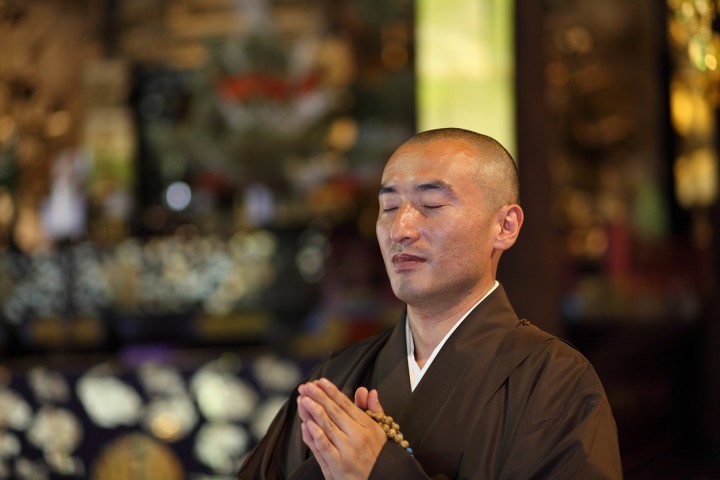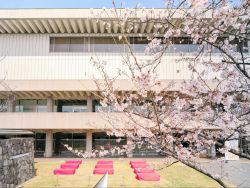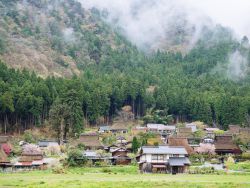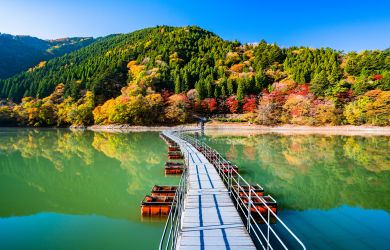
Japan is often thought of as one of the most innovative and technologically advanced nations on the planet, and rightfully so. Put everyone in skintight spandex and some parts of Tokyo would probably look like an episode of Star Trek, with one notable exception. Unlike the people of the twenty-third and twenty-fourth centuries, the citizens of Japan still hold on to some superstitious beliefs such as unlucky years and exorcisms.
The idea of yakudoshi (evil/misfortunate year) probably goes all the way back to the ninth century. That’s when Japan first decided that certain ages in a person’s life are simply rife with misfortune, anxiety, and all sorts of bad things. In the West, we generally refer to that time as “puberty,” but Japan, being all about facts and numbers even all those centuries ago, decided to be more precise about it. Nowadays, it’s generally accepted that the unluckiest ages for men are 25, 42, and 61, while for women it’s 19, 33, and 37. Why such a discrepancy between the sexes? Maybe it’s true that women mature faster than men, and so they experience all the bad things that life has to offer sooner?
That’s almost certainly not the case, and, in fact, yakudoshi for men and women often differ greatly between regions. That’s because the idea of yakudoshi is based on a veritable mishmash of different traditions and cultural influences, including Buddhism, Shinto, Taoism, Feng Shui, and even linguistics. For example, the reason why 42 is considered an “evil” year is because 4 and 2 are pronounced together in Japan as “shini” which is one of the Japanese words for “death.”
Simply put, yakudoshi isn’t built on the strongest of foundations, but that doesn’t stop people from trying to shield themselves from it. Case in point: when my wife reached her yakudoshi, we actually went and paid for an exorcism at a Shinto shrine, “just in case.” The ritual is known as yakubarai, and it is performed at most Japanese places of worship.
The yakubarai started with my wife filling out an exorcism application. Already this hinted that the procedure was probably nothing like what happens in the film The Exorcist, which was a good thing because we didn’t want to deal with anyone’s projectile vomit. Another key difference between the exorcism of Regan MacNeil and a person in the midst of a yakudoshi is that the Japanese purification isn’t free. The exorcism fee is technically voluntary, but most places have “suggested fees.” At the shrine where my wife had her yakubarai, patrons were encouraged to pay either ¥5,000, ¥7,000, or ¥10,000. We paid ¥5,000 because no matter how much you pay, everyone still gets the same service.
The exorcism was then performed en masse by a priest who recited prayers to people gathered for yakubarai. The priest read out each individuals’ name and asked the gods for their protection during the year of misfortune.
Some temples and shrines may also use a wand or incense smoke to cleanse each person individually, while others might require patrons to wear a special white shawl of sorts during the ceremony, which is what my wife did. Most places do give (or sell) you an ofuda at the end. It’s a wooden tablet that you can take home with you to remind the evil spirits that you got spiritually vaccinated against yakudoshi for the year. Interestingly, you are supposed to send your ofuda back to the temple when your yakudoshi ends, because Japan is just that committed to recycling—either that or profits.
Yakubarai exorcisms are very popular in Japan, and they make a lot of money for temples and shrines all across the country. Opportunities for profits are not only limited to yakudoshi years because, you see, it actually turns out that the year before and after your yakudoshi (known as maeyaku and atoyaku) are also bad for you. So, just to be safe, you should probably get exorcised those years, too. And be sure to bring cash with you because gods don’t take credit cards.





